The retail sector in the Middle East is at an interesting crossroads. At one end of the spectrum, there are established markets such as Dubai and Doha, with an extensive presence of global retail brands, and then there are emerging markets such as Cairo and cities across Saudi Arabia that are emerging as the next growth vectors.
The established markets in the region have grown their retail offerings aided by a liberal trade regime, limited to negligible tariffs on a number of retail products, high per capita income, and the availability of organised retail stock of international quality. Despite their regional dominance as the hubs for global brands, there remains a significant number of retailers that are yet to open stores here.
Brands from EMEA and North America still dominate the regional markets
Traditionally, brands from North America and Europe have been at the forefront of retail expansion in the Middle East. This worked in favour of the market, as most of these brands are globally renowned and command strong brand loyalty. They continue to remain bullish on regional growth, however, there are several brands from these markets, such as sportswear brand LIDS and Blue Bottle Café, among others, that are yet to make their regional debut.
Retailers from the Asia Pacific region are another untapped opportunity yet to be explored by landlords. These brands have traditionally focused on their home markets or neighbouring counties for expansion. However, this is about to change as a growing number of Asian brands have global aspirations, and the Middle East, with its strategic location and cosmopolitan audience, could offer an ideal market for expansion and growth. We are starting to notice this trend with the likes of brands such as Owndays – an international optical retailer from Japan opening its first store in Dubai with exciting plans for the region.
Similar concept brands such as JINS, Zoff from Japan, and Mujosh from China have significant operations in their home countries but are yet to enter the Middle East. Another such example is Heilan Home – a fashion brand under the Heilan Group from China which has over 6,000 stores across the country. For a company that was only set up in 2002, Heilan Group has become one of the largest Chinese fashion brands and has already expanded into Southeast Asia markets such as Malaysia, Singapore, and Thailand.
Sectorial representation remains limited
At a sectoral level, though prominent, the beauty sector still has headroom for growth in the MENA market with many makeup and skincare brands yet to establish a presence in the region. As per recent estimates, the Middle East and Africa region accounted for only 3% of the approximately USD 216 billion industry, highlighting the immense growth potential for the region. K-Beauty (Korean beauty brands), especially Etude House and Hera which are both from Amorepacific Corporation, J-Beauty (Japanese beauty), and now C-Beauty (Chinese beauty) have inspired various other brands that are expanding in Asia and may also taste success in the Middle East.
Another key segment that is likely to rapidly expand across the region is the Electric Vehicle (EV) market. According to EV-volumes.com, global sales of electric vehicles, including BEV (Battery Electric Vehicle) and PHEV (Plug-in Hybrid Electric Vehicle), totalled 3.24 million in 2020, up 43% from 2019. Savills has relationships with 23 EV-only brands in Asia that operate with physical ‘showrooms’, of which only four have expanded this offering to Europe and none to the Middle East.
Unlike traditional vehicle manufacturers, many of these EV brands are not looking to open conventional car dealerships or showrooms. Instead, they perceive the location and nature of the space as instrumental in communicating their brand to their target audience, therefore, traditional car dealership locations do not necessarily appeal. This is even more pronounced for some of the aspirational EV brands who need to be in proximity to consumers who link their choice in EV brands to their lifestyle choice.
The Middle East offers a unique opportunity
The demographics, particularly in the GCC, are quite unique with a large expatriate population, which varies from around 40% to 90% of a country’s total population. Then there is Egypt, with a large and growing young and domestic population. With a sophisticated point of sale (POS) system, brands may be able to quantify their target audience across different nationalities, age groups, spending patterns, etc. The region also has one of the highest rates of internet penetration, indicating a consumer base that is social media savvy and brand conscious.
Going ahead, the demand and supply trends across the retail industry are set to evolve given the increased focus on sustainability, growth of the circular economy, and the progressive interplay between technology and consumption. It is important that the real estate element of this retail equation also evolves to remain relevant. It will play a critical role in attracting brands to the region by providing future-proofed and sustainable real estate assets.
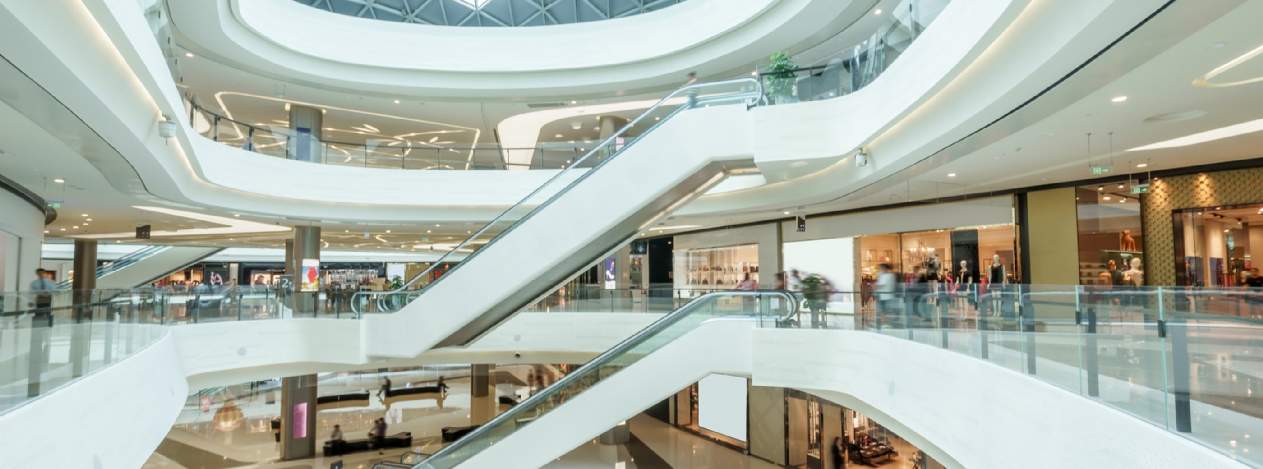

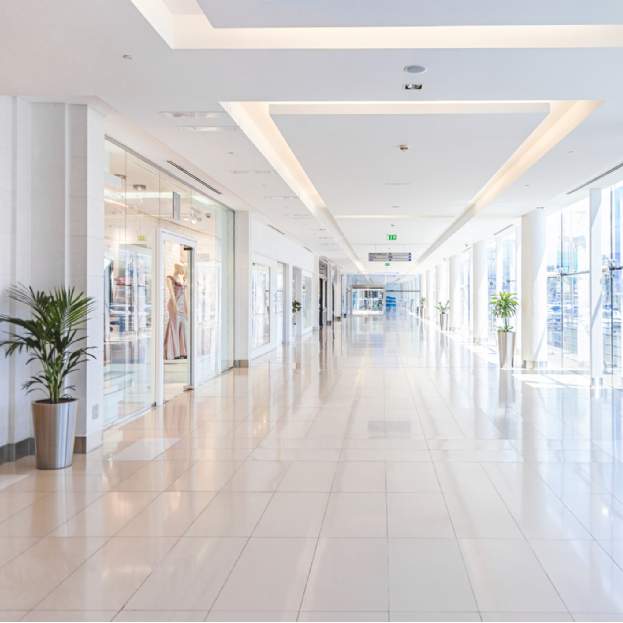
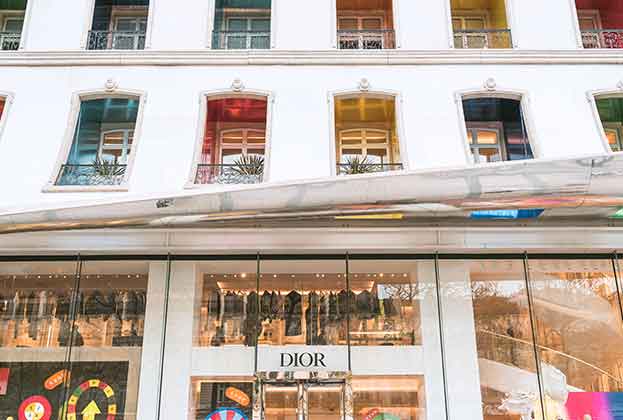
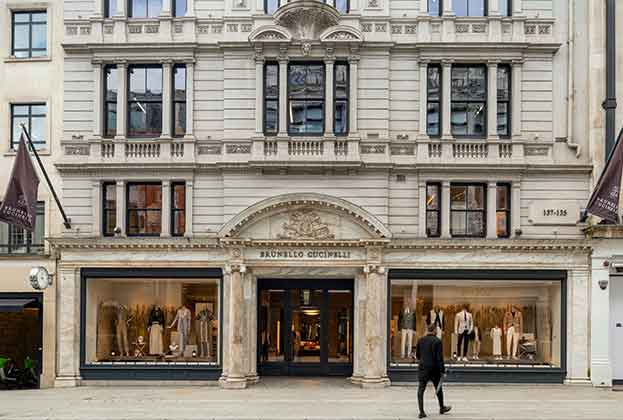

.jpg)
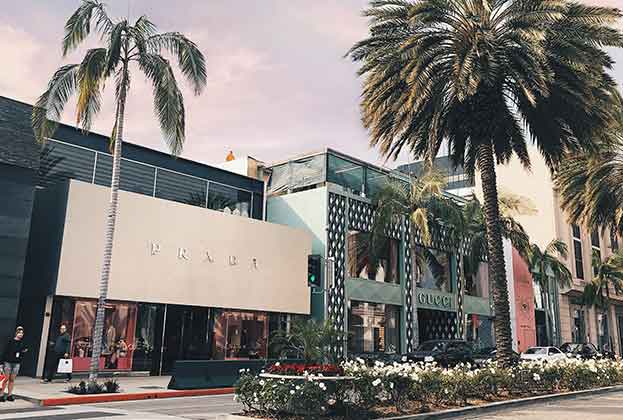
.jpg)
.jpg)